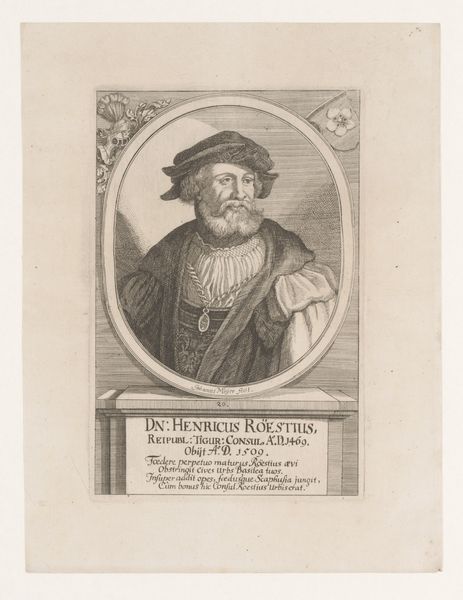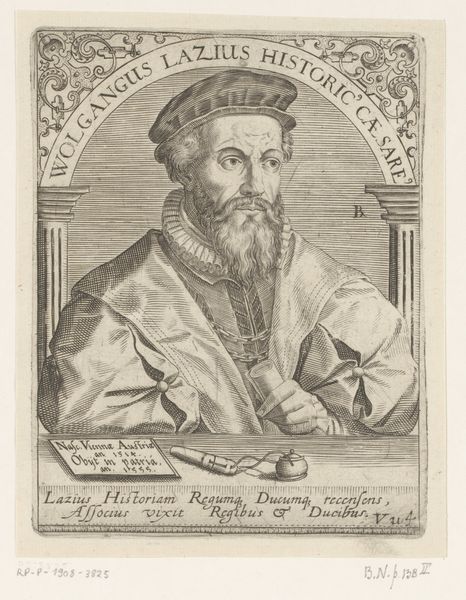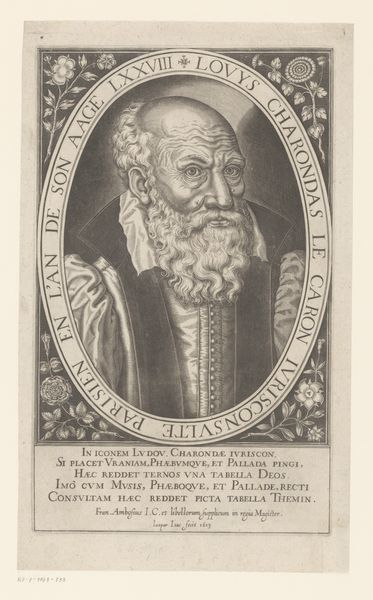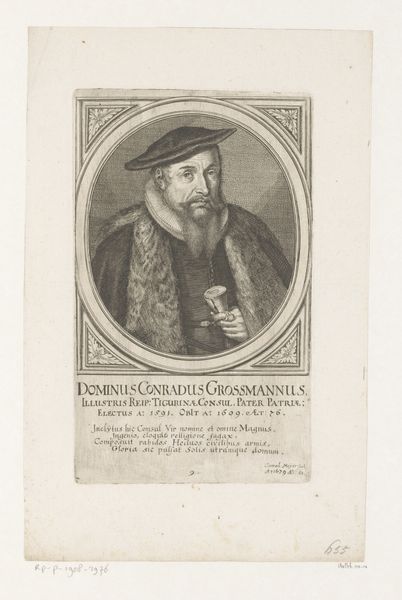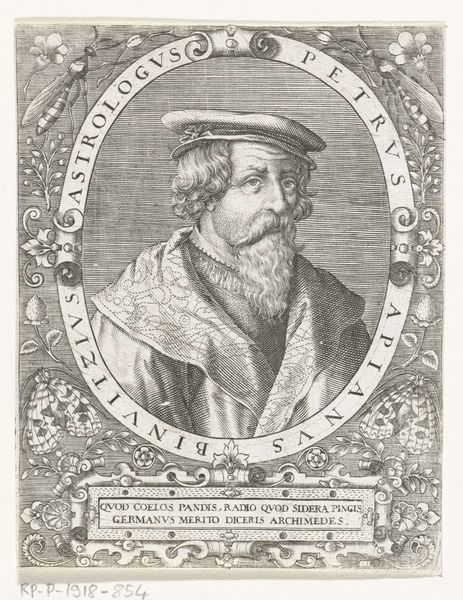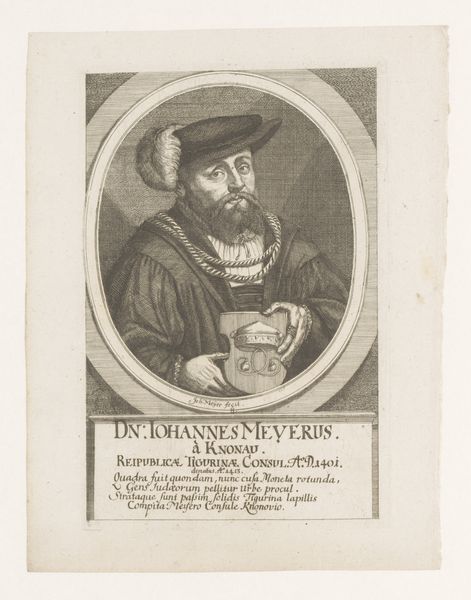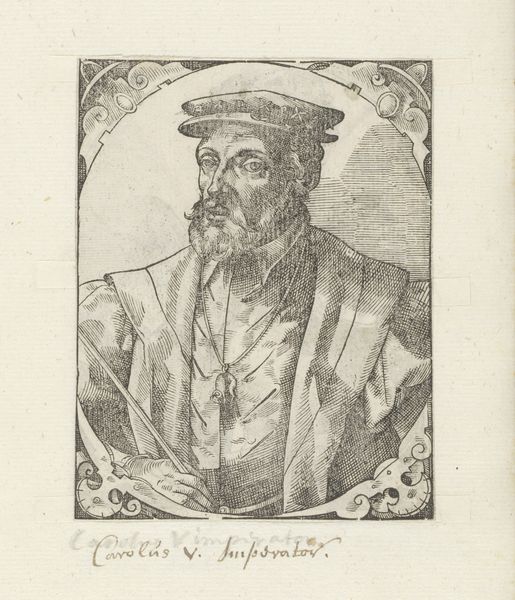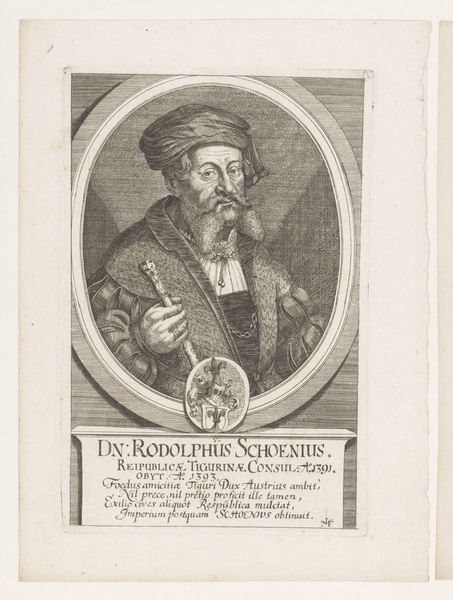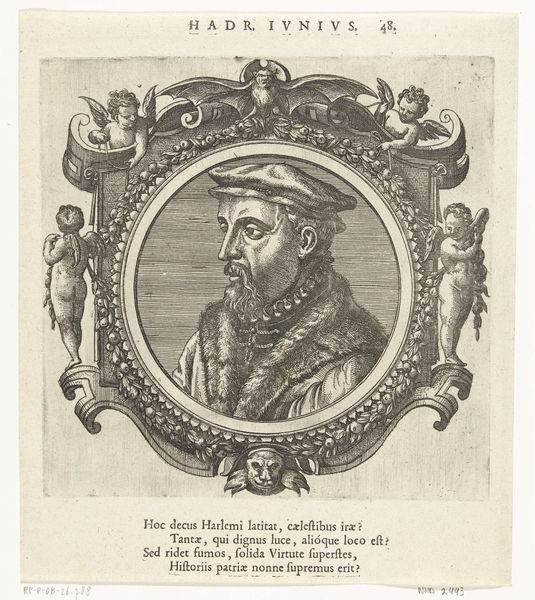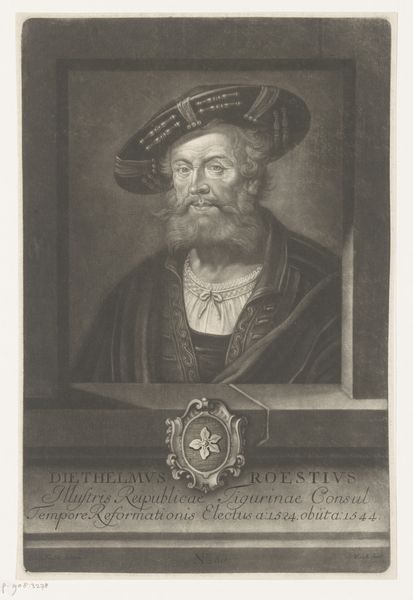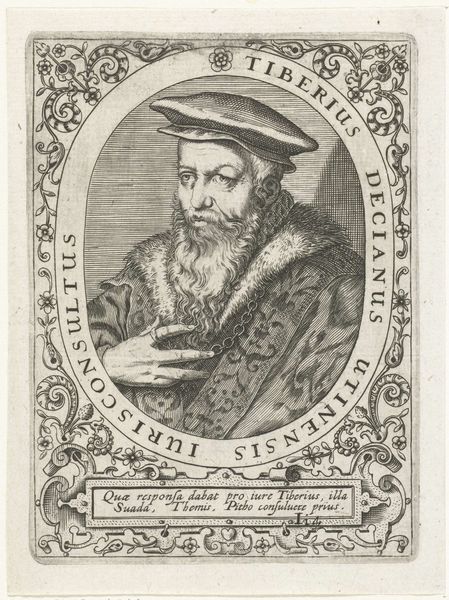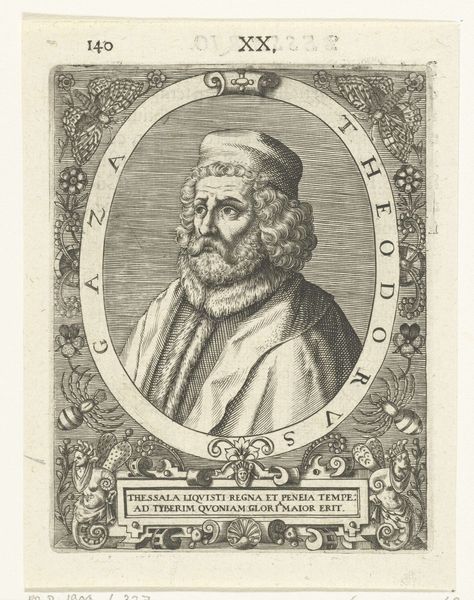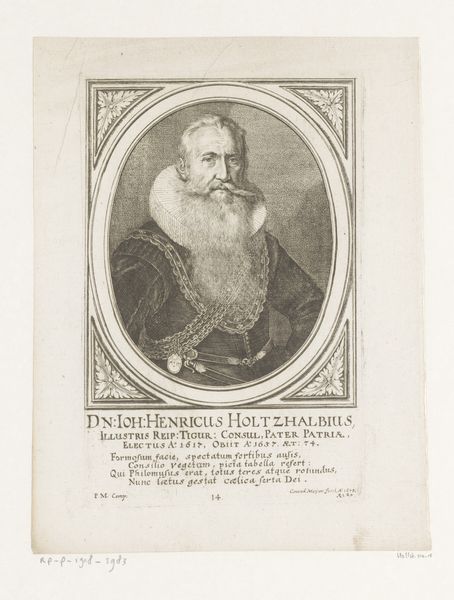
print, engraving
#
portrait
# print
#
11_renaissance
#
engraving
Dimensions: height 238 mm, width 160 mm
Copyright: Rijks Museum: Open Domain
This engraving, *Portret van Heinrich Walder*, was made by Johannes Meyer II, around the turn of the 18th century. It’s a great example of how the printmaking process, which involved skilled labor and specialized tools, could disseminate images and ideas. Look closely, and you can see how Meyer used techniques like hatching and cross-hatching to create tone and shadow, giving Walder’s face a sense of depth and character. The lines are precise, requiring a high degree of skill and control over the burin, the tool used to cut into the copper plate. Prints like these played a crucial role in shaping public perception and commemorating important figures. While seemingly simple, the process involved a complex interplay of artistic skill, technical knowledge, and material resources. So next time you see an engraving, consider the labor and expertise that went into its creation, and how it reflects the social and cultural values of its time.
Comments
No comments
Be the first to comment and join the conversation on the ultimate creative platform.
